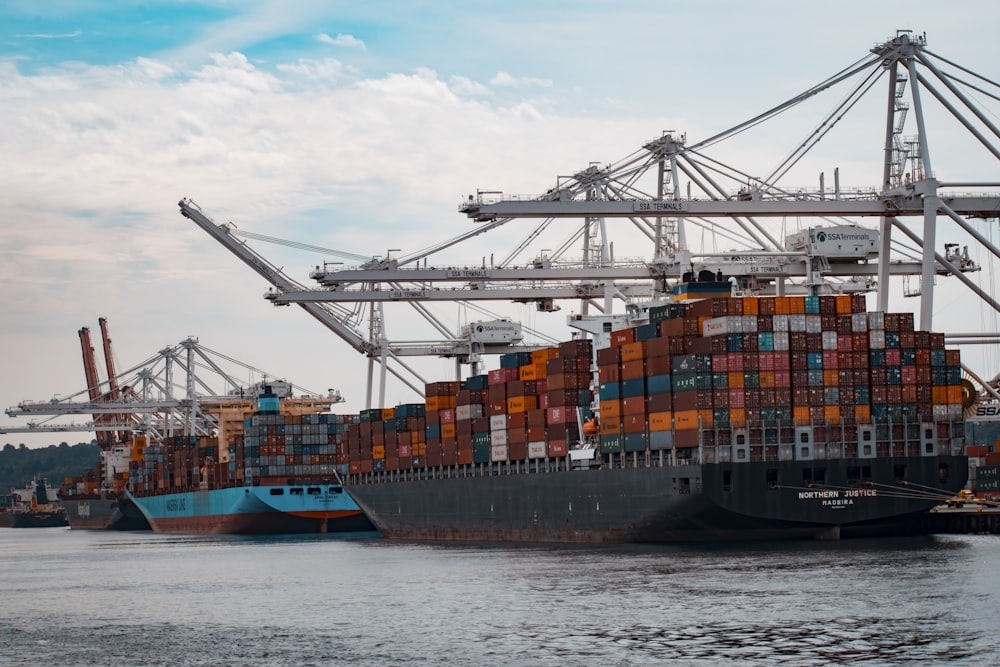
Approximately 80% of all S&P 500 companies have reported fourth-quarter earnings as of last Friday, and of those, 75% have reported earnings per share (EPS) That’s well above the 10-year average, according to FactSet.The reason I bring this up is that many investors and pundits appear to believe that the only stocks doing well right now are the so-called Magnificent 7 (Apple, Alphabet, Amazon, Meta Platforms, Microsoft, NVIDIA and Tesla).No doubt about it, these tech giants are doing an inordinate amount of the market’s heavy lifting. NVIDIA was the best-performing S&P 500 stock last year, rising nearly 240% in an artificial intelligence (AI)-fueled rally, and so far in 2024, the chipmaker is up almost 50%.This one name doesn’t tell the full story, though, and investors who are sitting on the sidelines may be paying a steep opportunity cost.Or maybe not. Last week, we learned that Japan and the U.K. have fallen into recession, with Japan losing its status as the world’s number three economy to Germany. Contagion is a real risk.That’s why I always advocate for portfolio diversification; specifically, I recommend a 10% weighting in gold, with 5% in physical bullion (bars, coins and jewelry), the other 5% in high-quality gold mining stocks, mutual funds and ETFs. Rebalance at least once a year.There’s a chart that I update semi-frequently comparing the performances of gold and the market so far this century. As of last year, gold was still outperforming the S&P 500, with the yellow metal delivering a CAGR (compound annual growth rate) of 8.46%, beating the S&P 500’s 7.07%. (The dragons appear on the chart below in observation of Happy Year of the Dragon!)(Click on image to enlarge)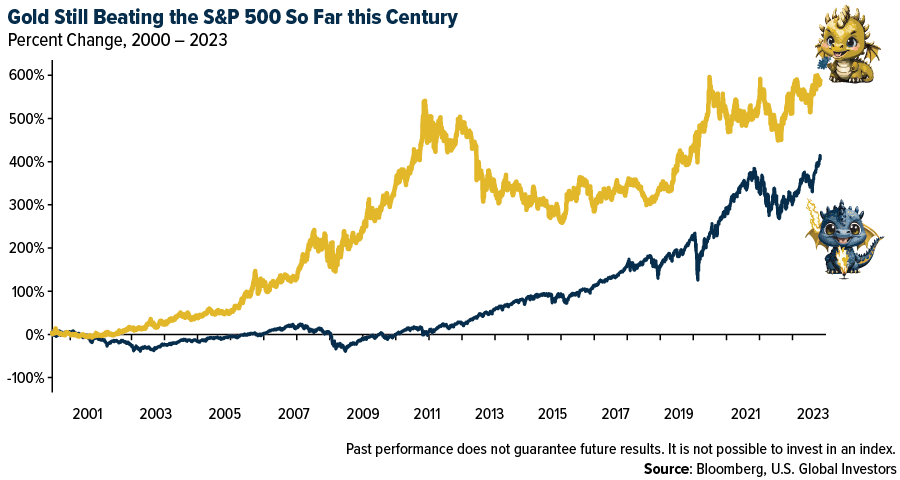
The Economic Ripple Effect Of Shipping Route Changes
Transportation costs for the shipping industry have surged to a 15-month high as commercial vessels continue to take the lengthier but safer route around the Cape of Good Hope, bypassing the Houthi-controlled waters of the Red Sea.The detour, though necessary for the time being, has broad implications beyond increased operational costs. Automobile factories have been idled in Western Europe, while shipments of liquified natural gas (LNG) have been delayed or cancelled. Many businesses are reporting inventory builds at the highest level since last June.(Click on image to enlarge)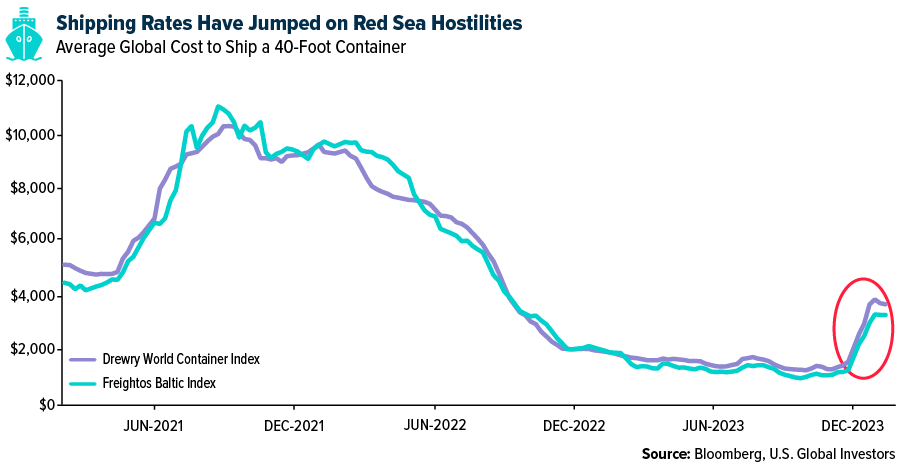
The rerouting of shipping lanes, especially along the Asia-Europe routes, underscores the industry’s vulnerability to geopolitical tensions and the necessity for flexibility in operations. Fortunately for investors, this vulnerability may be exploitable.
How Freight Rates Impact Shipping Industry Earnings
If you recall, freight rates similarly exploded to all-time highs in 2022 due to pandemic-related supply chain issues. The added revenue that year helped carriers achieve record annual profits of almost $300 billion in earnings before interest and taxes (EBIT), according to the United Nations Conference on Trade and Development (UNCTAD).The market appears to favor the chaos. The Solactive Global Shipping Index delivered its third consecutive annual gain last year, rising 25.5%, after advancing a phenomenal 83.2% in 2021, 5.4% in 2022.With freight rates once again undergoing strong upward pressure, will investors see another bumper year? That’s impossible to say, and besides, shipping stocks have more than performance going for them. The Solactive Global Shipping Index currently trades at a very attractive 4.9 times earnings, which is more than four times more affordable than the S&P 500 and the S&P Industrial Sector, of which shipping is a member; it’s also more than seven times more affordable than the tech-heavy Nasdaq Composite.(Click on image to enlarge)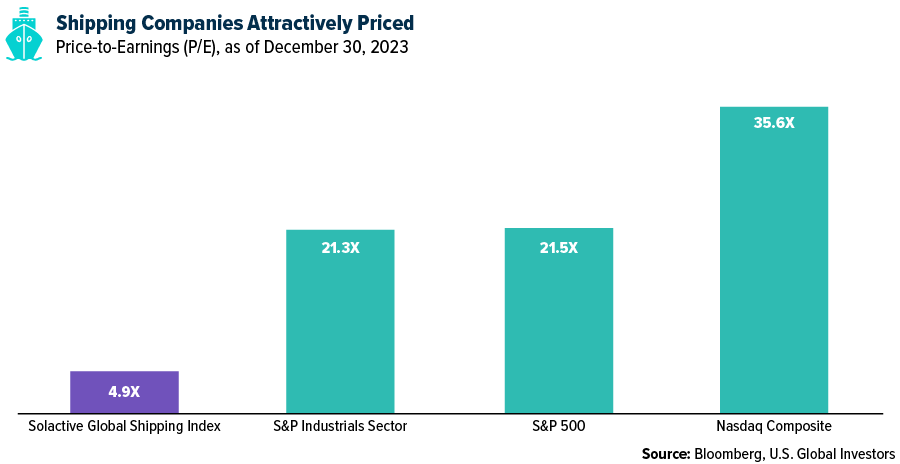
Consumer Spending As A Catalyst
As you probably could guess, the shipping industry is closely tied to consumer behavior. When product sales are hot, demand for new orders and transportation services increases.With domestic consumer spending constituting a significant portion of the U.S. economy, the sector’s performance is a bellwether for shipping demand. Encouragingly, consumer confidence indicators, such as those from the Conference Board and the University of Michigan, have shown remarkable resilience in recent months.(Click on image to enlarge)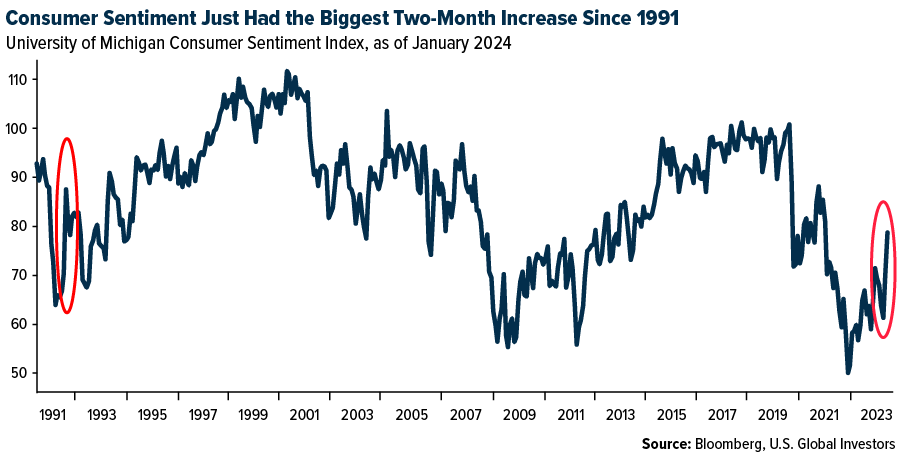 This, I believe—coupled with downward-trending inflation and potentially lower interest rates— bodes well for shipping services as consumers continue to exhibit demand for both foreign and local products.
This, I believe—coupled with downward-trending inflation and potentially lower interest rates— bodes well for shipping services as consumers continue to exhibit demand for both foreign and local products.
Emerging Economies Steering Global Shipping
Emerging economies, particularly in Asia, are increasingly becoming the linchpins of maritime trade growth. Since 1990, the volume of goods transported by sea has more than doubled as people in China, India and other rapidly developing countries join the global middle class and seek a more comfortable, “Western” lifestyle filled with modern conveniences.(Click on image to enlarge)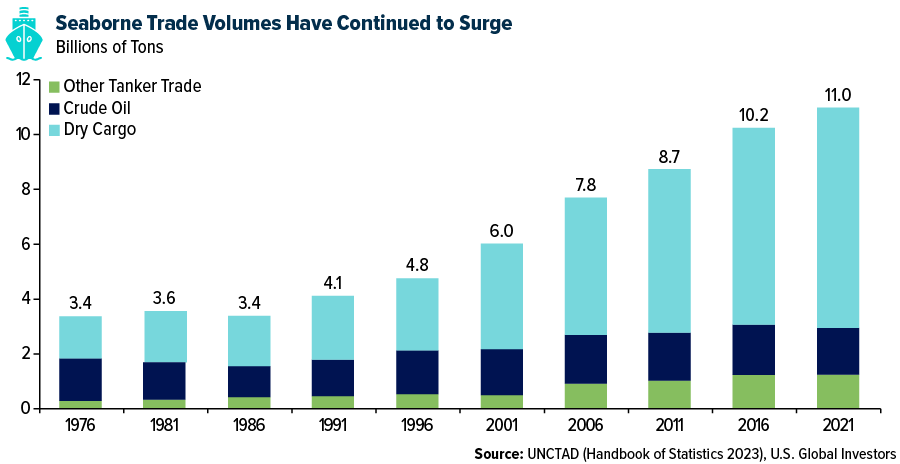
Asia remains at the forefront of maritime freight, with its ports handling about according to the UNCTAD. Due to their central role in globalized manufacturing and containerized trade, developing economies in the Asian continent account for roughly a third of all goods loaded worldwide and half of all goods unloaded.As the global manufacturing sector shows signs of revival and business confidence surges, the shipping industry stands at a crossroads. The marginal rise in January’s operating conditions for copper and steel users, as indicated by the Purchasing Managers’ Index (PMI), points to a broader economic recovery that could further stimulate maritime trade.Emerging markets’ contribution to maritime freight will be crucial in charting the industry’s course. With strategic investment and partnerships, the shipping sector can harness these growth drivers to face the challenges ahead, ensuring a resilient and dynamic future for global trade.More By This Author:
Shipping Costs Hit 15-Month High Amid Safer Sea Routes

